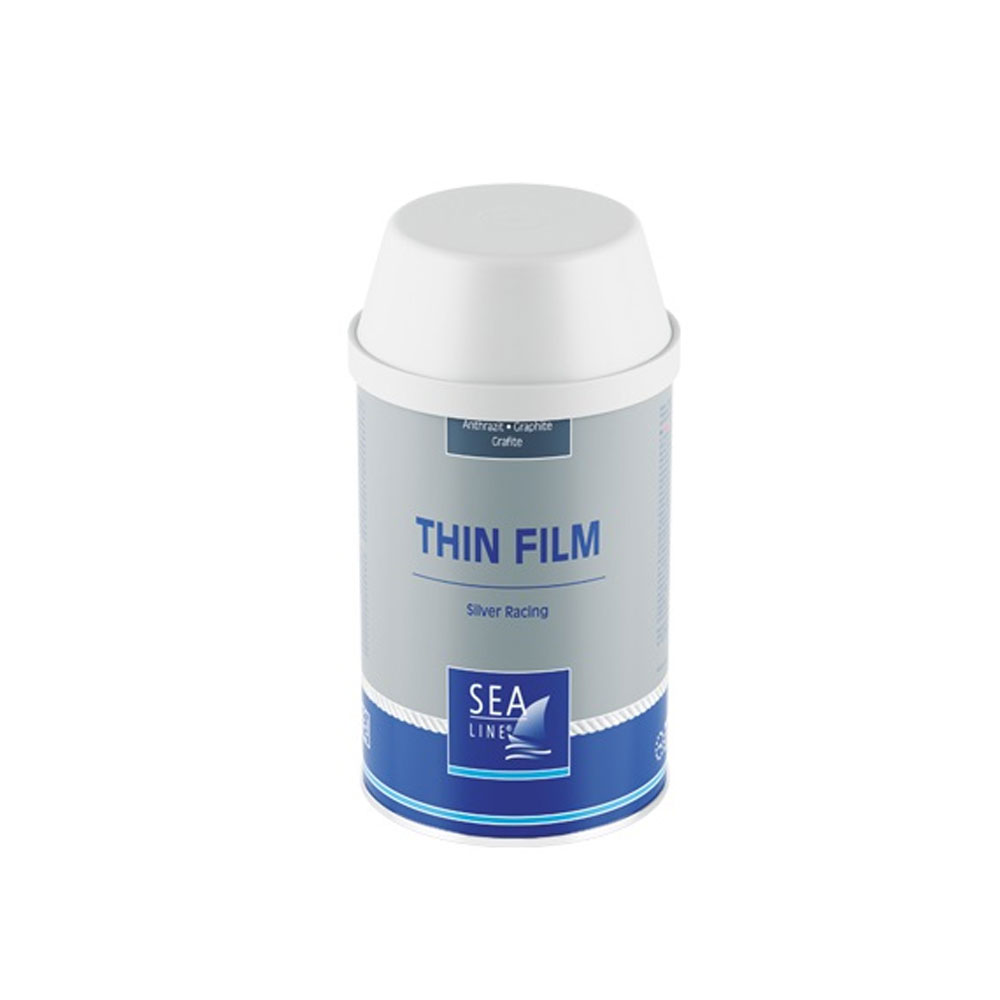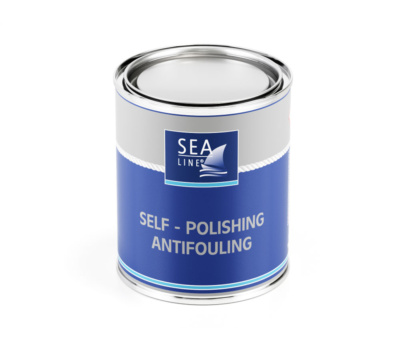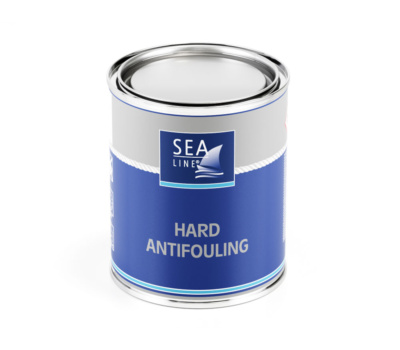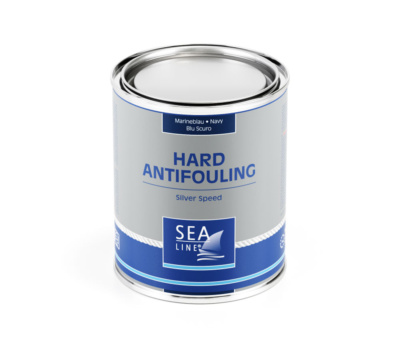THIN FILM SILVER RACING ANTIFOULING nie jest sprzedawany na terenie POLSKI


Ta samopolerująca farba antyporostowa jest to produkt polecany przede wszystkim do ochrony dna łodzi żaglowych

Hard antifouling to farba antyporostowa twarda polecana dla właścicieli łodzi motorowych oraz żaglowych poruszających się

SILVER SPEED HARD ANTIFOULING nie jest sprzedawany na terenie POLSKI
Tak, można pomalować dno łodzi farbą poliuretanową ze względu na jej wysoką wytrzymałość mechaniczną. Takie rozwiązanie zalecamy kiedy łódź nie jest wodowana przez dłuższy czas, nie jest narażona na porastanie.